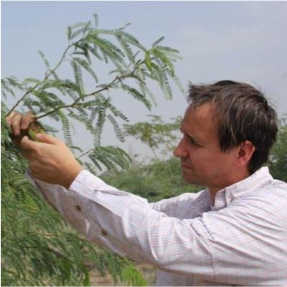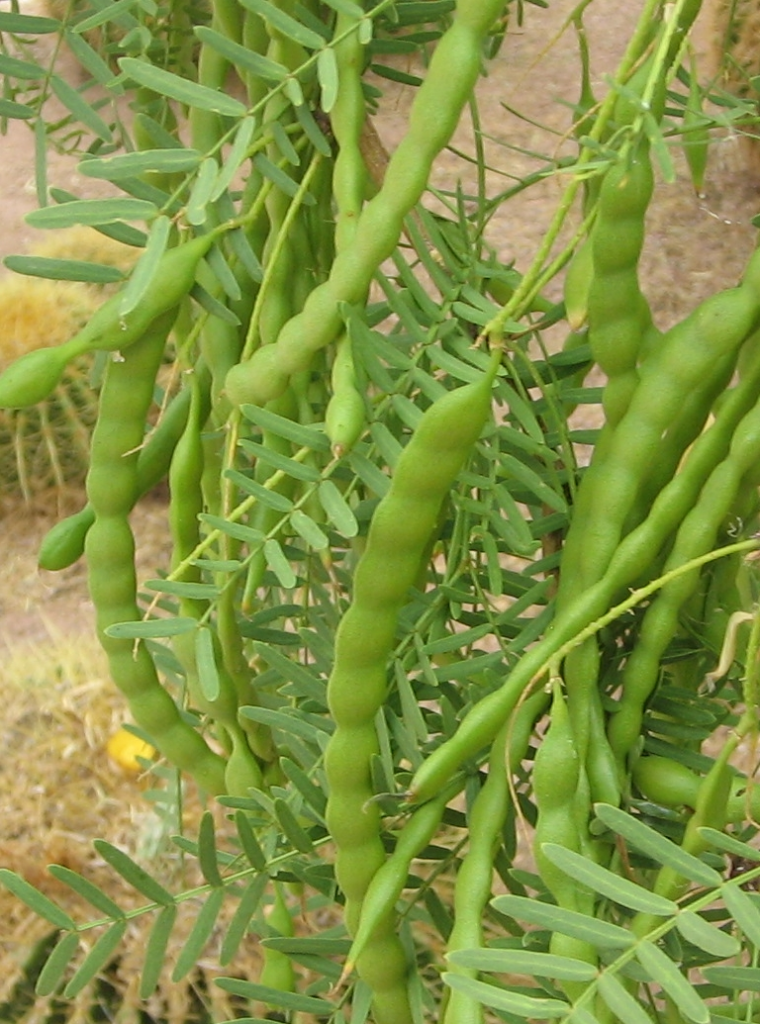4 Climate Analogue Examples
1) Mecca, Saudi Arabia
There are methods to make a quicker climate analogue assessment for a more general search to narrow down possibilities to examine further. One of those methods is by process of elimination using a few easily available pieces of data. This is how a place called Tayib Farm performed a climate analogue study for a location just South of Mecca in Saudi Arabia that was found on their blog on the internet (inactive link as of 05/11/2021). The site is located within the Koppen Geiger classification Bwh, which is “Arid Desert Hot”, where precipitation is scant and all months average above 0°C (32°F). That area is pictured below in this map.

That is still a very large area within which to narrow down a climate analogue. The next step was to overlay the plant hardiness zone map over the Koppen Geiger map to eliminate areas that had differing average annual extreme low temperatures. The Mecca area has 3 different plant hardiness zones tightly positioned together, zones 10,11 & 12, with average annual lows between 1.7°-12.8°C (35°F-55°F).

The next step after that was to overlay a world map of precipitation to further eliminate wetter or drier areas and further narrow down the search. Mecca receives just over 100mm or 4” of rain annually.

What is left is a fairly small grouping of areas that have:
- The same general climate classification
- The same average yearly low temperature
- The same yearly precipitation totals.

From here, each of those areas could then be looked at more carefully with regard to elevation, seasonality of precipitation, proximity to large body of water, soil types, and the other items on the list of how to find a climate analogue. I might look at Barmer, India, Caborca, Mexico, Tacna, Peru, Nouakchott, Mauritania, and Windhoek, Namibia for clues, as they all fall within or very close to the analogue boundary.
Here are some research questions about hot desert climate analogue locations that could prove to be very fruitful with practical information that could assist in the design and development of a site:
- How is water being accessed and distributed?
- What trees, shrubs, annual and perennial crops and animals are being utilized?
- Are people sedentary or nomadic?
- What materials are buildings built out of and what are the major design features?
- How is fertility maintained in agricultural systems?
- How do people cope with the heat and aridity in their daily lives?
- What is the traditional clothing and diet?
Permaculturist Neal Spackman is the director of the Al Baydha project in Saudi Arabia where they have installed a major water harvesting and reforestation project in order to create a viable settled livelihood for the traditionally nomadic Bedouin people. Bedouin are traditionally nomadic, and have been circulating animals around the Arabian Peninsula for thousands of years. With the rise of the modern nation state, the nomadic way of life was no longer preferable to the central government and they are attempting a new model that provides both economic and ecological vitality for the people and land.
As part of the design process for the 100 acre site, Neal performed a climate analogue assessment in order to select different productive tree species for the project, and came up with some very interesting plant selections[1]:

Neal Spackman and Prosopis glandulosa in Saudi Arabia
1: Moringa Perigrina is found growing in rocky wadis and cliffs on the Arabian Penninsula. Neal reports that the oil pressed from the seeds is a valuable and popular oil in the Middle East, and views the tree as a potential economically beneficial crop within his system.

2: Pithecellobium dulce or “Manila Tamarind” is native to Western Mexico, portions of which are analogous to Western Saudi Arabia. The seedpods contain an edible pulp which is high in protein.

3: Prosopis glandulosa or “Honey Mesquite” is native to the Southwestern US and Northern Mexico, another climate analogue of Saudi Arabia. The Honey Mesquite has pods that can be ground into a flour, and fruits even during drought years. [2]

4: Schinziophyton rautanenii or “Mongongo Nut” tree is the staple crop of the Bushmen in the Namib desert. Namibia is a climate analogue to Saudi Arabia and even has matching soil types. The nuts are both flavorful and store well.

5: Citrullus lanatus var. lanatus is also known as watermelon. Watermelon is another native of Namibia and grows well in Saudi Arabia, and is grown by flooding fields off of flash floods and sowing with watermelon seeds.
6: Various Agave varieties. Agave are succulent plants native to Mexico and the Sonoran Desert in the Southwestern US. One species, Agave murpheyi, was harvested and the basal rosette cooked in a pit for several days to be used as a common food source.

Neal combined these and other species to create prototype strip forests positioned in water harvesting swales to develop a climate-adapted diverse food system with economically viable yields to provide new sedentary livelihoods to a formerly nomadic population, pictured below:



